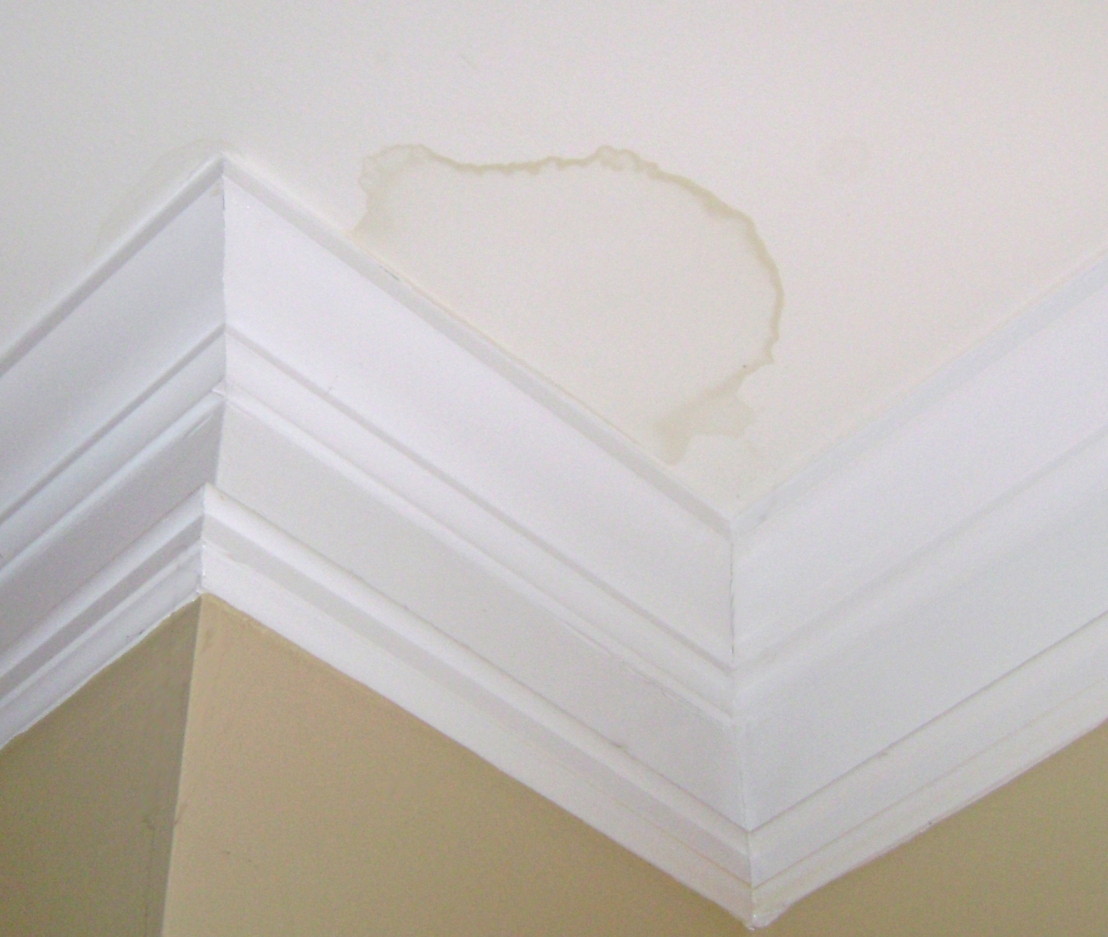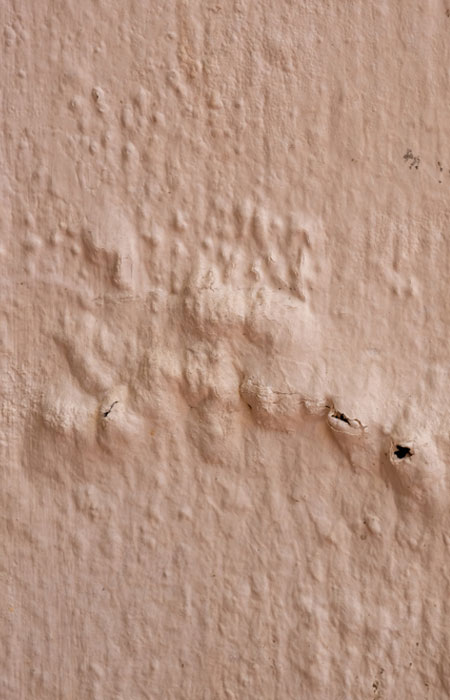Ways to Locate and Fix Water Stains Usefully
Ways to Locate and Fix Water Stains Usefully
Blog Article
Each person will have his or her own rationale in relation to Water Stains on Walls.

Water spots on walls are not pleasurable to the eyes. Occasionally it appears practically unavoidable to experience water spots on wall surfaces in houses.
Homeowners living in moist regions continuously deal with the concern of water spots on walls. With all-round and accurate info on the causes of water discolorations and also prompt fixing processes, you will certainly always be an action in advance of such events.
3 Common Sources Of Water Stains on Walls
In contrast to common belief, water stains on wall surfaces do not constantly stem from poor structure products. There are numerous causes of water stains on walls. These consist of:
Wet
When warm moist air meets dry chilly air, it creates water beads to form on the walls of buildings. This occurs in washrooms as well as kitchens when there is steam from food preparation or showers. The water beads can stain the surrounding walls in these parts of your house and also infect various other locations.
Moist or condensation impacts the roofing system and walls of structures. This creates them to show up darker than various other locations of the house. When the wall is wet, it develops an appropriate setting for the development of microorganisms and also fungi. These might have unfavorable effects on wellness, such as allergies and breathing conditions.
Poor Drain
This will certainly stop water from seeping into the walls. This links to extreme dampness that you notice on the wall surfaces of your building.
So, the leading cause of wet wall surfaces, in this instance, can be an inadequate drainage system. It can also be due to poor management of sewer pipes that go through the structure.
Pipe Leaks
The majority of homes have a network of water pipes within the walls. It always enhances the practicality of such pipes, as there is little oxygen within the walls.
A downside to this is that water leakage impacts the wall surfaces of the building and triggers prevalent damage. A telltale sign of defective pipelines is the appearance of a water tarnish on the wall.
Pro Idea
A houseplant in your home likewise boosts its humidity. So, if your home is already damp, you may wish to introduce houseplants with very little transpiration. An instance of suitable houseplants is succulents.
Water Discolorations on Wall Surface: Repair Work Tips
When dealing with water spots, home owners would generally want a quick fix. Yet, they would soon understand this is detrimental as the water discolorations persist. So, below are a few practical tips that will assist you in the repair service of water spots on walls:
Final thought
No one desires to have water discolorations on walls in their home, it can occur to the best of us. This post gives you take advantage of, as you now know how to handle this problem if it does happen.
It is constantly best to recruit professional solutions to aid repair the problems in your home.
In some cases it appears nearly unavoidable to experience water spots on walls in residences.
In contrast to preferred idea, water stains on wall surfaces do not always stem from bad building materials. There are numerous reasons of water stains on walls. The water droplets can discolor the bordering walls in these parts of your home as well as spread to various other locations.
Below are a couple of handy tips that will certainly guide you in the fixing of water discolorations on walls:
CHECKING FOR WATER DAMAGE
Water damage can be costly, and it may begin before you even notice the first signs of trouble. Water damage can cause mold and mildew in your walls and floors, which can create an abundance of health concerns for your family. It can also lead to costly repairs of various appliances and general home fixtures. To avoid the pricey consequences of water damage, here are Warner Service’s top 5 places you should check:
The walls – The easiest place to spot the beginnings of water damage is on the walls and ceilings of your home. If water damage is present, there will most likely be water stains, especially around the windows and doorframes, and/or cracks in the drywall. If a stain looks unusual (discolored to brown, black or gray, raised texture), has a swollen appearance or is soft to the touch, contact a professional immediately. The pipes – To avoid water damage, consistently check the pipes in your kitchen (especially the dishwasher and ice maker), bathrooms, laundry room (specifically washing machines) and basement for corrosion, leaks and water stains. Pay special attention to where the pipes connect in your home and the location of caulking around the bathroom fixtures, including toilets, sinks, showers and tubs. Missing or loose caulking and grout could be signs of leaking water. This seepage can also quickly cause mold and rust, so double check your water heater and tank for wet spots on the floor. The floor – Water damage is very easy to spot on the floor. Look for any warping or buckling of the material, especially in the basement. If your home has wood flooring, look for bright white or dark stains. If your home has carpeting, keep it dry and clean. A damp carpet that smells of mold could cause water damage and health problems. To avoid this, consider installing floor pans under your appliances to help prevent damages from small, slow and undetected leaks. The basement and attic – If your basement or attic smells odd check for mold and mildew around the area, especially the valley where the roof meets. While you are inspecting those areas, check for wall cracks, floor stains, rust and dampness in the insulation. If you live in a colder and/or rainier climate, perform routine checks for water damage from melting snow or ice and rain. The exterior – Check the roof for damaged flashing and missing, cracked or curled shingles. There should also be no standing water anywhere outside your home. This could be caused by puddles, leaky rain gutters or hoses, poor drainage, or short gutter spouts. Invest in a sump pump system or water flow monitoring system, and perform routine maintenance on these outdoor appliances to avoid indoor water damage.

We were shown that write-up about Water Stains on Walls from an acquaintance on another web blog. Sharing is caring. You just don't know, you may very well be doing someone a favor. Thank you so much for going through it.
Quality fix? Call! Report this page